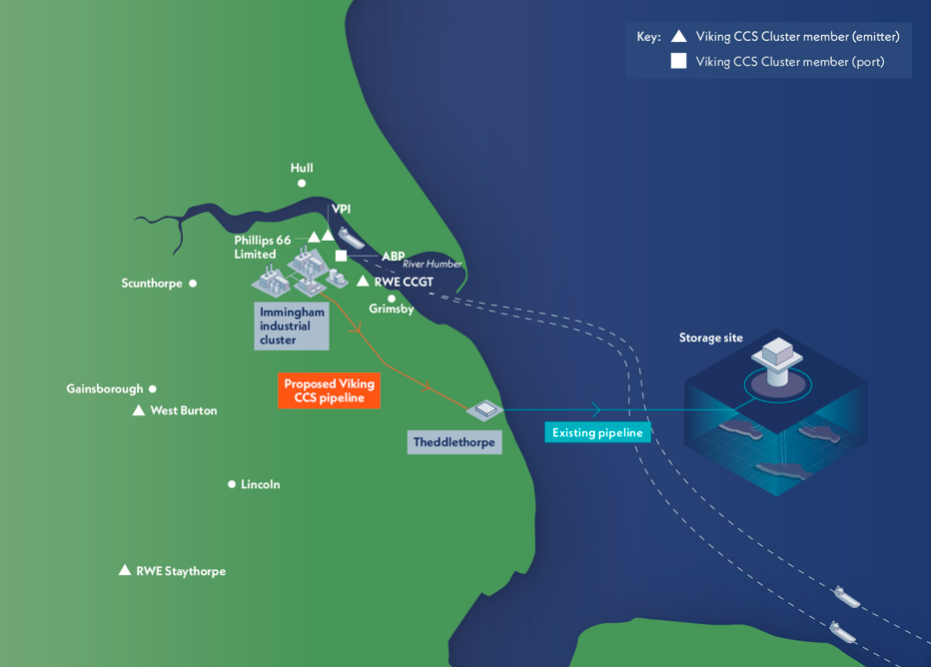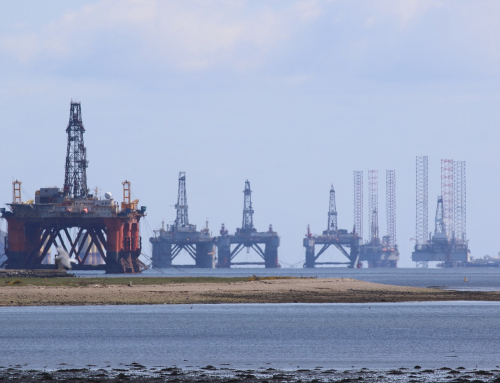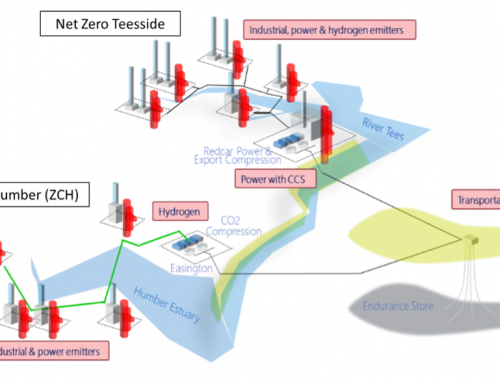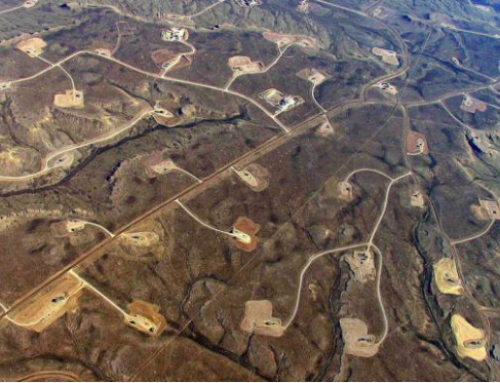By Julian Singer
On 11 April Harbour Energy and BP announced that the latter had taken a 40 per cent stake in Harbour’s Viking CCS project. It is not the only CCS project in which BP is involved: it is a leader of the East Coast Cluster, which aims to capture and store CO2 from industries on the Tees and the Humber, as well as projects outside the UK, but it will possibly be the first one to actually transport and store CO2 in the UK.
The Viking CCS project is based on the transportation of CO2 to and storage in the depleted Viking gas fields that lie 85 miles off the Lincolnshire coast. They were discovered in 1968 but were shut down in 2018. Harbour Energy acquired them in 2021 when the company was formed from Chrysaor and Premier Oil. It has been estimated that the Viking fields have the capacity to store 300 million tonnes of CO2, but this would not all be accessible immediately, if ever. In the short term Harbour estimate that the project “…has the potential to meet one third of the government’s target to capture and store 30 million tonnes of CO2 by 2030”.The Port of Immingham is also a partner in the project. It plans to adapt the port to handle incoming shipments of liquified CO2. These would come from industrial sites that do not have a convenient means of storing CO2 locally, for example, South Wales, Plymouth, and Southampton. There is expected to be no shortage of CO2 to store.

Geography of the Viking CCS project, showing the offshore storage, pipelines and current associates who will capture the CO2 (www.vikingccs.co.uk)
The project has a competitor in the East Coast Cluster, which plans to use the North Sea Endurance field for storage (see Greenbarrel, Dec 2022). This field consists of a saline aquifer and has not been used to produce oil or gas. New wells will therefore have to be drilled and pipelines laid from both Teeside and Humberside (91 and 64 miles respectively). Of the two storage sites, Viking is likely to be on stream more quickly.
Interestingly, the Viking project was not one of those announced on 30 March for which the government plans to “…proceed to negotiations for support through the relevant business models”. On the East coast that status went entirely to projects on Teeside (although the government says that there will be further announcements that will include those on Humberside).
The plans for Viking CCS, as presented by Harbour, focus heavily on the size of the investment to be made, the consequent jobs created and the overall gross value added to the community and country. But there is no mention of how the transportation and storage of CO2 will be paid for, let alone what the price would be. Will it be subsidised or will the cost be passed entirely to those producing and capturing the CO2? If the latter, what is the incentive?
The Final Investment Decision for Viking CCS is planned for 2024, with first storage in 2027. Hopefully by that time the government will have worked out and negotiated a suitable framework that will ensure the project goes ahead.





